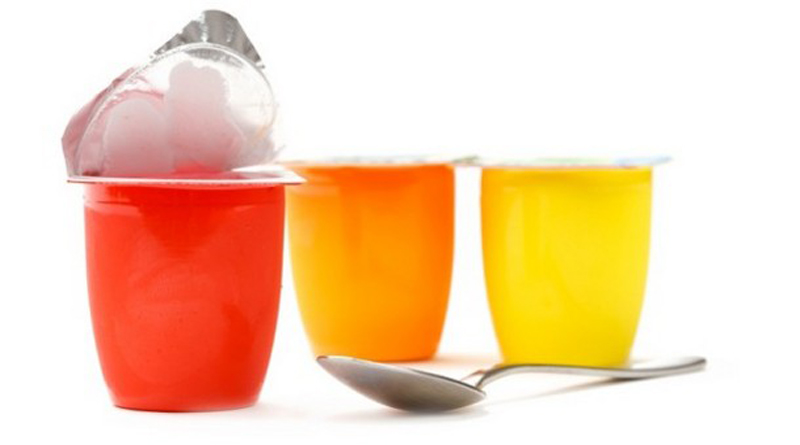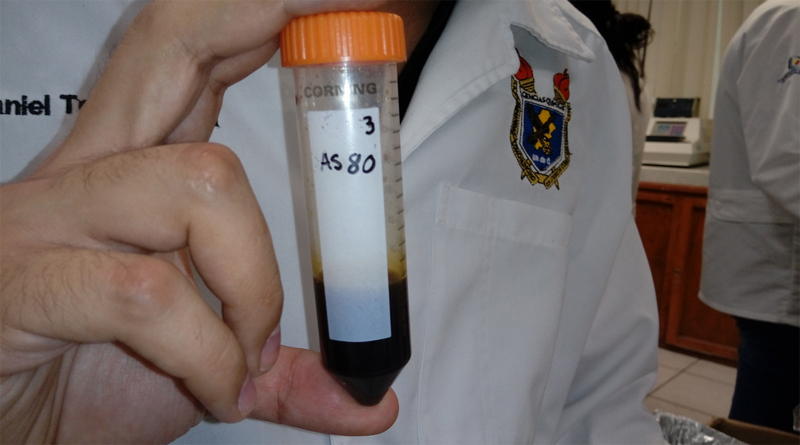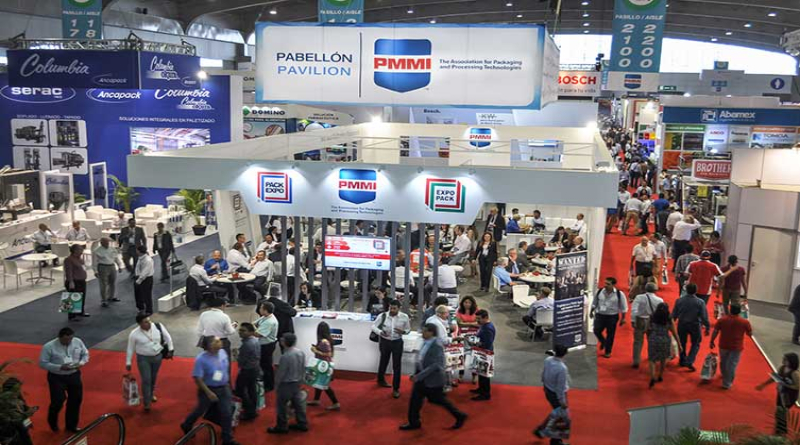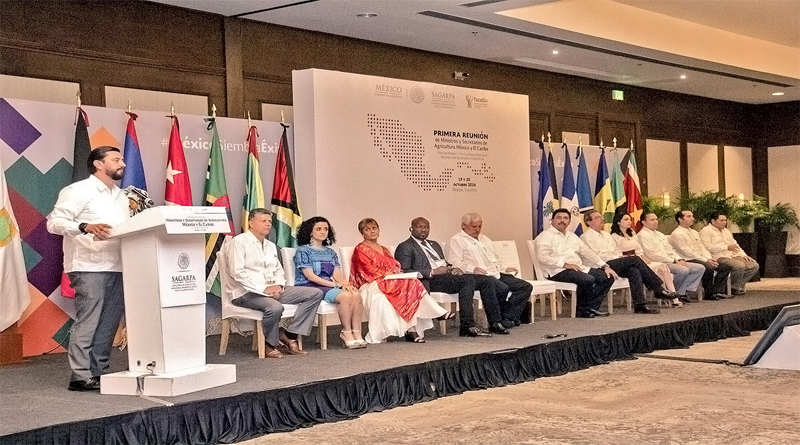Neogen has developed test protocols to analyse yogurts for any kind or type of yeast and mould.
It allows detection on yogurt products ranging from preservative free to those with a high level of probiotics.
The test uses the Soleris automated rapid microbiology system and the system’s Direct Yeast and Mold test vial.
Automated analysis possible with appropriate testing procedure
The new part is the preenrichment bottle and the direct 1g supplement. The bottle allows for high levels of sensitivity and detection in any yogurt type.
The supplement allows for the testing of 1g yogurt directly (no dilution needed) into the Soleris DYM109C test vial, which is AOACRI approved, and it is targeted for preservativefree yogurts.
Protocols can produce results in 48 to 72 hours; conventional methods can take up to five days.
The level of detection is 1 cfu/g yogurt or less. A positive result is known by the vial changing colour in the sensor area.
Oscar Caballero, of Neogen Corporation, told us that the area of yeast and mould testing in yogurts is quite challenging – the proverbial needle in the haystack.
“The lactic acid bacteria must be neutralized/inactivated while at the same time allowing for the growth of any yeast or mould present in the yogurt sample. All yogurts are not created equal. Some yogurts have high levels of probiotics and others may or may not have various preservatives,” he said.
“Our solution consists of three methods that together are ableto effectively allow for detection of yeast and mouldsregardless of yogurt type.”
Testing protocol for different yogurt types
All yogurt types can be tested using Neogen’s YMEBY preenrichment protocol, which favours growth of any yeast and mould in the sample over other bacteria types and provides presence or absence results in 72 hours.
Yogurt types except those with a high probiotic load can be tested using a 1:10 specification monitoring protocol which provides results of less than 10 CFU per gram of sample in 48 to 72 hours.
Another protocol allows direct placement of 1g of yogurt into the Soleris vial, but only yogurts without preservatives or moderate probiotic loads are recommended for this. For most sample types it provides presence or absence results in 72 hours.
Caballero said a great portion of the yogurt industry does “peel and look” so there is no kit or system involved.
“Others will do plating on selective agars for yeast and mould. As far as Soleris goes, time to results is certainly a key feature. However, the level of sensitivity and detection is far greater than any other alternative method. In addition, the new solution provides customers with the ability to test for yeast and mould no matter the yogurt product or type,” he said.
Source: Food Quality News









